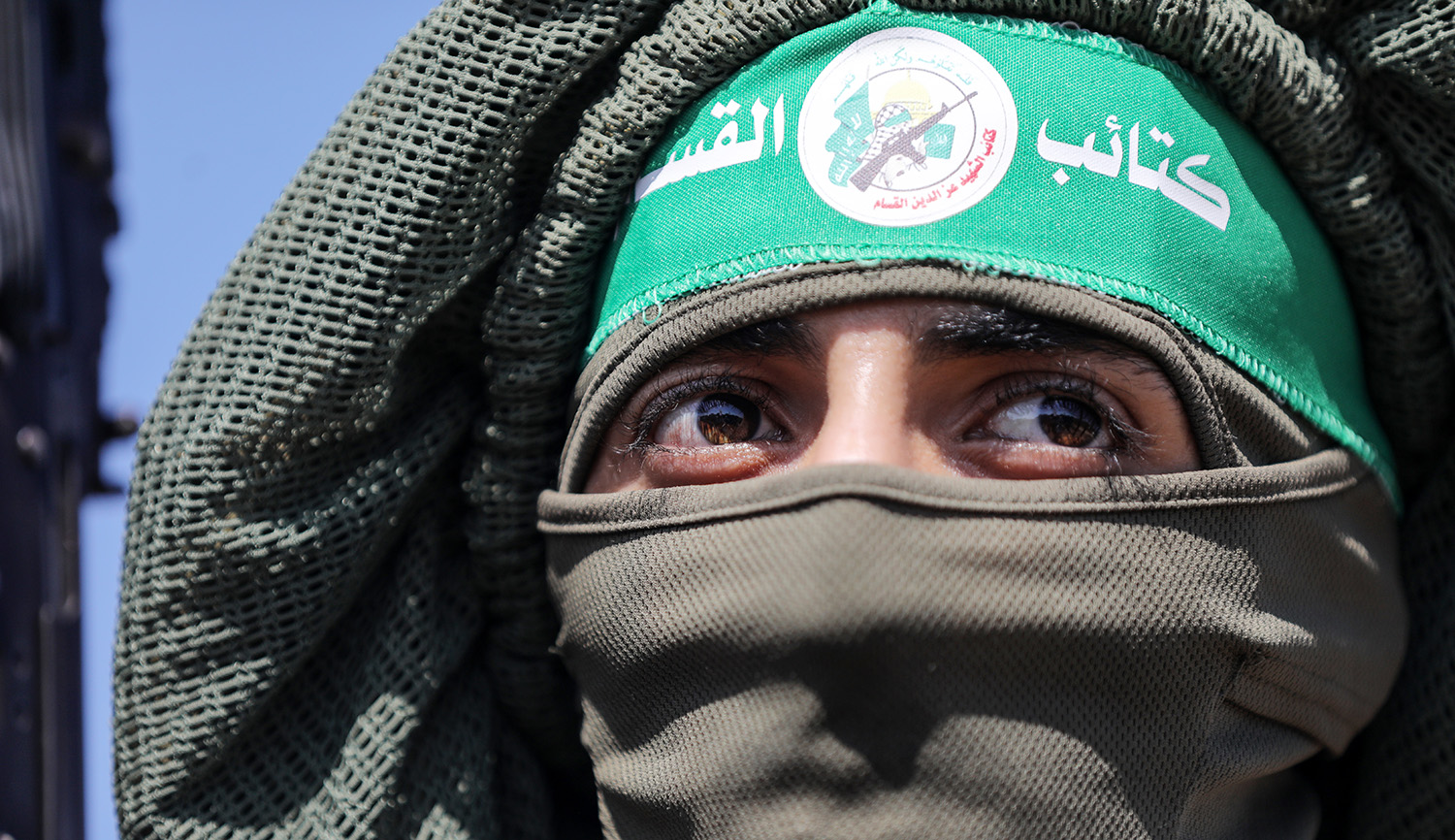The next American president should push hard to revise the nuclear deal with Iran, writes Ray Takeyh. But he should not stop there:
The Islamic Republic was never a typical totalitarian state, as its electoral procedures and elected institutions provided the public with at least impressions of democratic representation. That republican element of the regime provided it with a veneer of legitimacy—[but with the violent repression of the democratic opposition] in 2009, that legitimacy vanished. The clerical regime lingers on, but a state that relies on a terror apparatus cannot forever stifle the forces of change.
Trump’s task is similar to the one Ronald Reagan faced in combating the Soviet Union: not just renegotiating a better arms-control agreement but devising a comprehensive policy that undermines the already wobbly foundation of the regime. In this regard, there is nothing as powerful as the presidential bully pulpit. . . .
Pushing back on Iran in the Middle East [should also be] the order of the day in Washington, and shrinking the Islamic Republic’s imperial frontiers should be an important priority of the incoming Trump administration. . . . The best arena in which to achieve this objective is Iran’s periphery in the Persian Gulf region. The Gulf sheikhdoms, led by Saudi Arabia, are already locked into a region-wide rivalry with Iran. The Sunni states have taken it upon themselves to contest Iran’s gains in the Gulf and the Levant. Washington should not only buttress these efforts but press all Arab states to embark on a serious attempt to lessen their commercial and diplomatic ties to Tehran. . . .
The enmity that Saudi Arabia and Israel share toward Iran should be the basis for bringing these two countries closer together. Instead of lecturing the Saudis to share the Middle East with Iran and hectoring Israelis about settlements, as the Obama White House has done, the Trump administration should focus on imaginative ways of institutionalizing the nascent cooperation that is already taking place between Riyadh and Jerusalem. The U.S. should press both countries to move beyond intelligence sharing and perhaps forge complementary trade ties, with Saudi oil being exchanged for Israel’s technological products. History rarely offers opportunities to realign the politics of the Middle East; a truculent Iran has presented this chance.
More about: Iran, Israel, Politics & Current Affairs, Ronald Reagan, Saudi Arabia, U.S. Foreign policy


